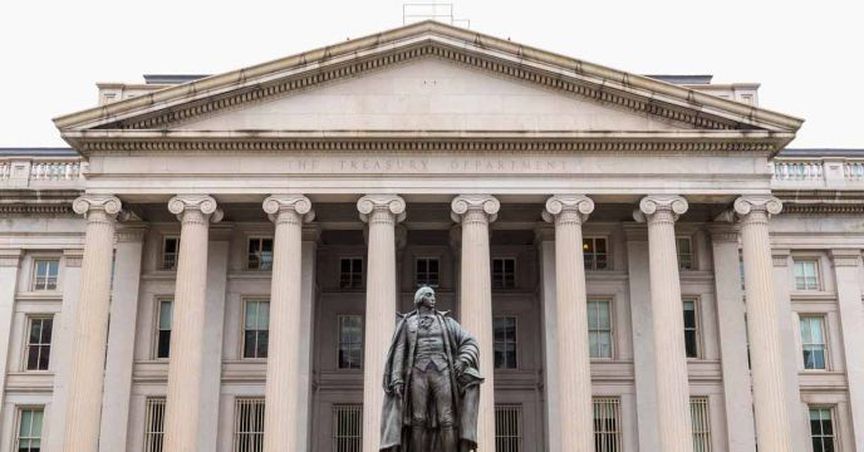U.S. government bond marked a high sell-off as compared to the staring of the year 2019, as improved global economic data provided respite signs to the investors over a slowdown in the global economy.
The U.S. 10-year yield-to-maturity jumped from the level of 2.340% (Dayâs low on 28th March 2019) to the level of 2.506% (Dayâs high on 1st April).
The rise in yield-to-maturity marked a steep fall from the level of 2.799% (Dayâs high on 18th January), as global market revelled signs of a possible slowdown. The fall in yield-to-maturity or market discount rate denotes that the market participants were buying more bonds to safeguard their investment.
Bond Prices and yield-to-maturity or market discount rate move inversely to each other. Bond market is marking a sell-off as yield-to-maturity climbs over the improved manufacturing activities in the U.S. and Chinese economy.
As per the data, the manufacturing activities in two significant economies, i.e., China and the United States improved drastically, which in turn raised the market expectation of higher return from other assets and in turn exerted pressure on bond prices, which is denoted by a rise in yield-to-maturity.
China Manufacturing PMI rose above the mean value of 50 and was noted at 50.5 for March 2019, which in turn denoted a rapid economic expansion. Another indicator which indicated an improved manufacturing activity was the Caixin Manufacturing PMI. The Caixin Index rose to 50.8 for the month of March.
The rise in manufacturing activity in China, which is a top consumer of base metals, supported base metals prices, which marked an increase in return from other assets and exerted pressure on gold and bond prices as both assets are used to safeguard investment against diminishing return from other assets and economic slowdown.
The United States ISM (Institute for Supply Management) designed ISM Manufacturing PMI rose to 55.3 for March, against 54.2 in February, which also denoted a rapid expansion in the US manufacturing sector; thus, in turn, exerted pressure on bond prices.
Along with the improved manufacturing activities, the U.S. economy also marked a surge in construction spending for February 2019, which  improved drastically to 1.0%, against the market expectation of 0.1% The rise in construction spending coupled with the improved housing price index, which was at 0.6% in January 2019, marked recovery in the domestic condition of the U.S., and in turn, exerted pressure on bond prices.  Source: Thomson Reuters: U.S-10-year yield-to-maturity.
On following the developments on the daily chart, the yield on the U.S- 10-year-to-maturity bond is hovering at 2.4724%. The impact of improved economic data can be seen on the charts; however, the current yield or the market discount rate is in between both short term exponential moving average (EMA) and medium-term exponential moving average (EMA). The short-term 7-days EMA is at 2.4565%, and the current yields are higher than it. The medium-term 20-days EMA is at 2.5181%. The yields almost reached the 20-days EMA on 1st April 2019. The 14-day Relative Strength Index is at 41.589, which is still below its mean value of 50.
Disclaimer
This website is a service of Kalkine Media Pty. Ltd. A.C.N. 629 651 672. The website has been prepared for informational purposes only and is not intended to be used as a complete source of information on any particular company. Kalkine Media does not in any way endorse or recommend individuals, products or services that may be discussed on this site. Our publications are NOT a solicitation or recommendation to buy, sell or hold. We are neither licensed nor qualified to provide investment advice.



